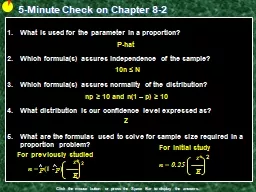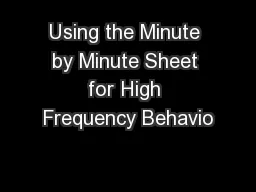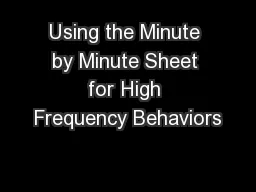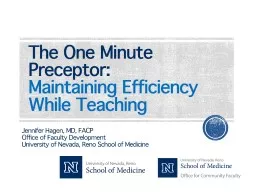PPT-5-Minute Check on Chapter
Author : liane-varnes | Published Date : 2019-06-29
82 Click the mouse button or press the Space Bar to display the answers What is used for the parameter in a proportion Which formulas assures independence of the
Presentation Embed Code
Download Presentation
Download Presentation The PPT/PDF document "5-Minute Check on Chapter" is the property of its rightful owner. Permission is granted to download and print the materials on this website for personal, non-commercial use only, and to display it on your personal computer provided you do not modify the materials and that you retain all copyright notices contained in the materials. By downloading content from our website, you accept the terms of this agreement.
5-Minute Check on Chapter: Transcript
Download Rules Of Document
"5-Minute Check on Chapter"The content belongs to its owner. You may download and print it for personal use, without modification, and keep all copyright notices. By downloading, you agree to these terms.
Related Documents














